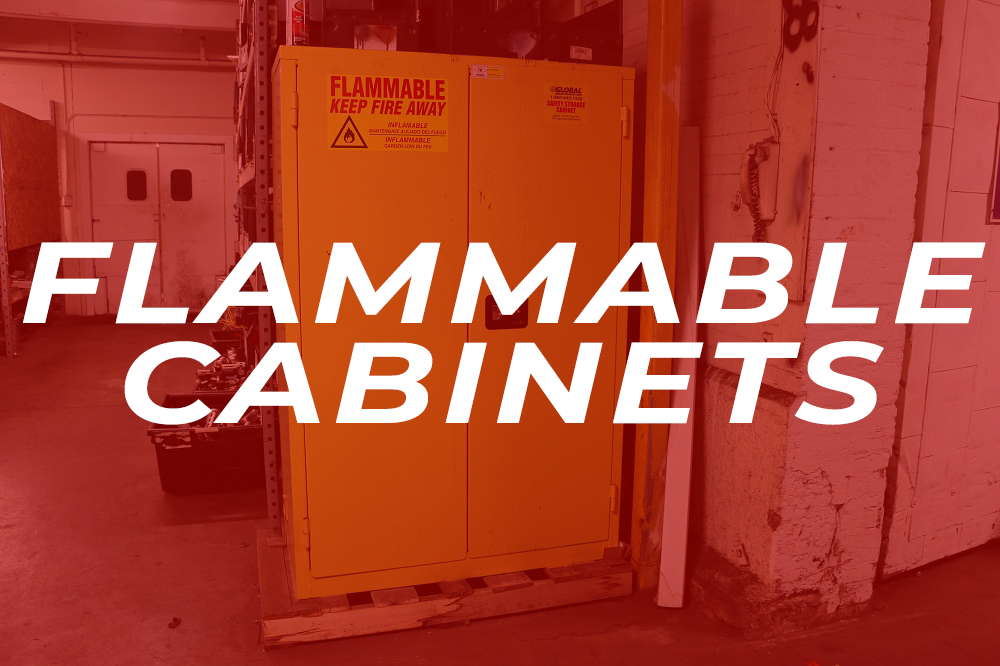-
Home
-
Used Flammable Cabinets- Save Money and Comply with Code

Used Flammable Cabinets- Save Money and Comply with Code
August 12, 2016
A fire could rage through your facility in literally seconds, leaving nothing to spare. This is just one of the reasons why it is extremely important to keep flammable/toxic chemicals and other corrosives in a safe place. Flammable storage cabinets have become more and more popular as they allow for the safe storage of these chemicals without risk of them catching fire.
Flammable storage cabinets have many safety features, including air vents, spill-proof door sills, warning signs, self-closing doors, and more. All flammable storage cabinets sold by American Surplus exceed the NFPA Flammable Liquid Storage Code #30 and OSHA standard 1910.106 for storage class I, II, and III liquids.
As stated above, most flammable storage cabinets feature the ability to ventilate via air bungs that are typically capped. Venting a storage cabinet is actually not required or even recommended. The NFPA (National Fire Protection Association) states “Venting storage cabinets has not been demonstrated to be necessary for fire protection purposes. Additionally, venting a cabinet could compromise the ability to adequately protect its contents from involvement in a fire since cabinets are not generally tested with venting. Therefore, venting a storage cabinet is not recommended.”
So why do they even have vents if it compromises the flammable cabinet’s ability to work? Some local authorities (like AHJ – Authorities Having Jurisdiction – which supersede NFPA guidelines) require venting. Contact your local fire marshal to determine if venting is required in your location due to local regulations. You may also need to contact an Environmental Health and Safety Officer to determine if the facility has internal requirements pertaining to ventilation and storage.
If you must vent a storage cabinet, how should you do it? Follow these basic guidelines for how to properly vent a storage cabinet, but also seek out guidelines from the AHJ for more specific local instructions
Remove metal bungs or plugs from both sides of the cabinet and place the flame arrester screens in the openings
Use rigid metal tubing for the exhaust and intake bungs
Metal tubing from the exhaust and intake must go directly outside
Connect exhaust tubing to an exhaust fan
Fan must be constructed of non-sparking blades and shrouds
Having trouble with internal vapors, but you are not required to ventilate your storage cabinet? Here are some other tips to lower vapor emissions without having to vent your flammable storage cabinet:
Make sure the cabinet is in a cool, dry location with consistent temperature that is not exposed to direct sunlight
Properly ventilate the room or area the flammable cabinet is in
Keep an up to date inventory of current chemicals so that incompatible chemicals do not get stored together, and dispose of expired chemicals
Inspect the area around the cabinets and inside for possible leaks or spills, loose bungs, etc.
More and more local governments and companies are requiring the use of flammable storage cabinets to store hazardous chemicals within their facility. Call American Surplus today; our sales team would be happy to help you!